Student Blog
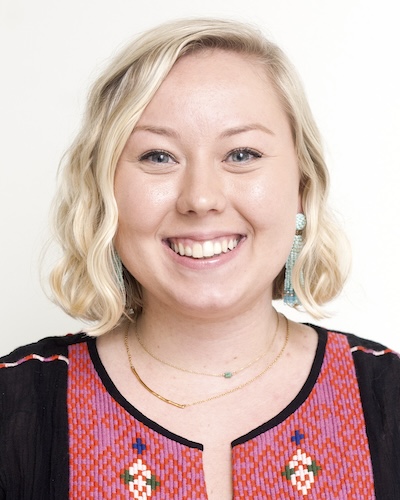
Australian Externship Reflections ⟩
April 17, 2018, by Caroline
As I mentioned in my previous blog post, I was given the opportunity to travel to Australia for my two week Leadership Externship. What an experience it was! We were hosted by Griffith University’s OT Program on the Gold Coast of Australia, known for its beaches and surfing competitions.
At Griffith, we were able to sit in on first, second, and third year classes, which was a cool experience, both to meet the students and faculty and to see what their curriculum is like! In Australia, the education required to become an OT is a 4 year Bachelor’s degree, whereas in the US it’s a Master’s Degree. The program there emphasizes the Canadian Model of Occupational Performance and Engagement as the lens through which they view evaluation, treatment, and client interaction. I was not very familiar with this model beforehand, but it was a very occupation-centered approach to OT, which I appreciated learning more about! In comparison, our program at USC introduces a number of different models, which we can choose to utilize when we feel they fit the clinical situation. The classes were very interactive and full of discussion and team-based activities, which reminded me of our classes at USC.
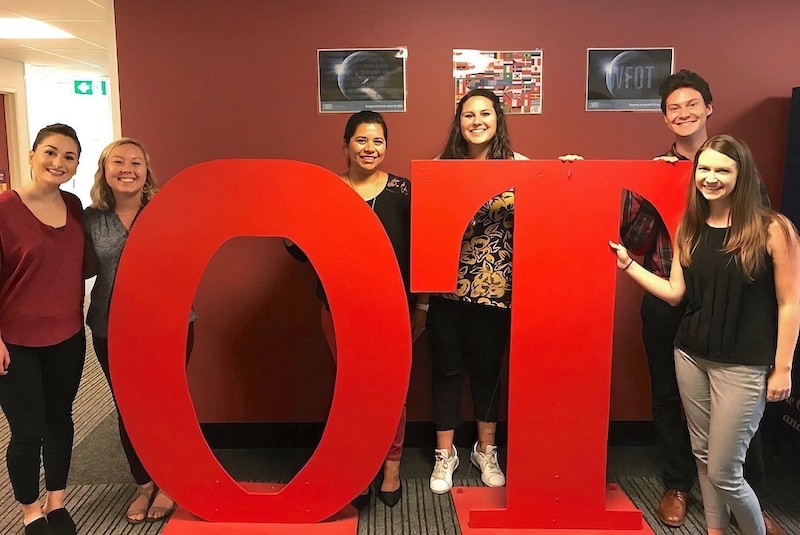
The USC Chan Australia team at Griffith OT!
In addition to sitting in on some of the classes at Griffith, we also had the opportunity to see a number of different clinical sites in the area. Here, we gained an appreciation for their universal healthcare system and some of the unique programs they were able to put in place.
We visited Galleon Gardens, a residential older adult facility. One thing that stood out out to me there was the incredible attention to detail in their newly-renovated memory care wing. Each resident’s door had a different design to help them recognize it as their own. The floor panels ran the same direction throughout the wing to prevent residents from getting “stuck” or confused by the floor. Cabinets for the nursing staff had hidden latches so residents wouldn’t see handles and try to open them. An OT had been consulted when designing the space, so not only was it beautiful and homey, but it was purposeful. The other standout at Galleon Gardens was the work they’re doing with texture-modified foods for residents with modified diets. The staff uses molds to make the pureed foods look like their original form, making the food more appealing to eat; it’s unlike anything I’d ever seen before!
We spent a couple mornings at Gold Coast University Hospital (GCUH), meeting with staff, touring the floors, and observing fourth-year students in their placements there. We also spent a day at Lady Cilento Children’s Hospital (LCCH) [now the Queensland Children’s Hospital] in Brisbane. Both of these hospitals were quite new, so the facilities and design were incredible — both had really state of the art rehabilitation spaces. At GCUH, they had a simulated grocery store, kitchen, and apartment called the LIFE Space as well as a car (put on the roof by crane!) for patients to safely practice activities they’d be doing when they returned home. LCCH had a beautiful outdoor space with a wheelchair-accesible swing and rock climbing wall (great for kids who are able to get outside!) as well as some cool treatment rooms. My favorite was one of the craft rooms, which was designed so that kids could get as messy as they wanted and could paint the floor, walls, and ceiling; the staff could just hose off the entire room and the water drained out through the floor!
Finally, we got to visit a couple of mental health sites in the area. Headspace was an outpatient mental health site for adolescents and young adults. The space had a cool feel to it and the staff dressed really casually, so it felt like a very inviting space for the population that it served. We also visited with the Homeless Health Outreach Team, and learned about the work they’re doing in the community. In Australia, OT seems to have a larger presence in mental health than it does in the US at the moment. OT has its roots in mental health, and we’re definitely working on increasing our presence in mental health in the US. Seeing how well they’re doing it in Australia served as a great example for what we’re working towards here!
Not only did we learn from all of the students, faculty, and practitioners we met during our visit, but we also got to share what we know with the folks at Griffith. We gave a presentation that covered OT practice and education in the US (and how it differs from Australia), some highlights about our programs at USC, and we also gave some advice to students going out on their first long placement (as we’ve already completed our first 12 week Level II Fieldwork placements). We also covered the Summer Occupational Therapy Immersion program run by Global Initiatives here at USC Chan. Some of the students we met at Griffith will be coming out here this summer for the SOTI program, so I’m looking forward to reconnecting with them and showing them around LA!

Presenting to the Griffith students and faculty!
The two weeks of externship are conveniently scheduled right next to spring break, so I was able to spend that week traveling in New Zealand and Australia. I spent the first three days of spring break in New Zealand, which had the most beautiful green rolling hills (and lots of sheep!). I even drove on the opposite side of the road for one day, which was quite the mental exercise 😊.
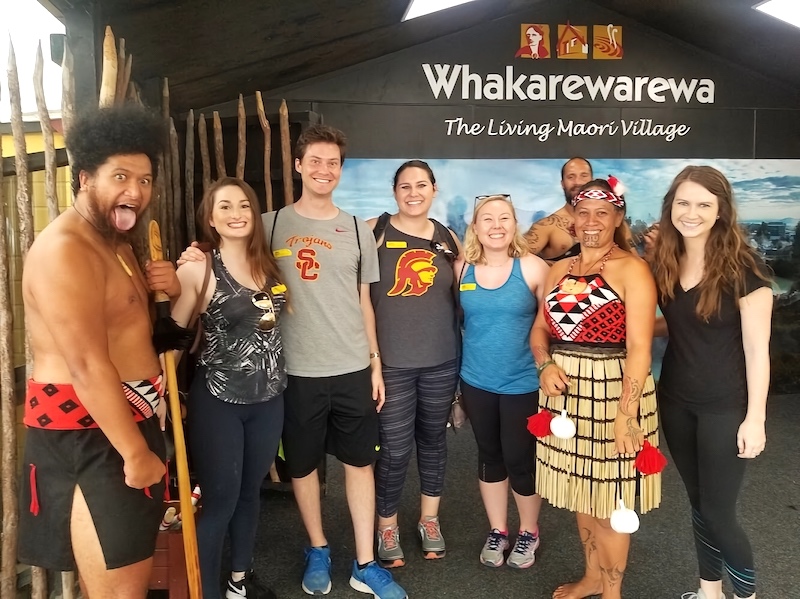
The Maori are the indigenous people of New Zealand. We spent a day touring their village, which included a cultural performance.
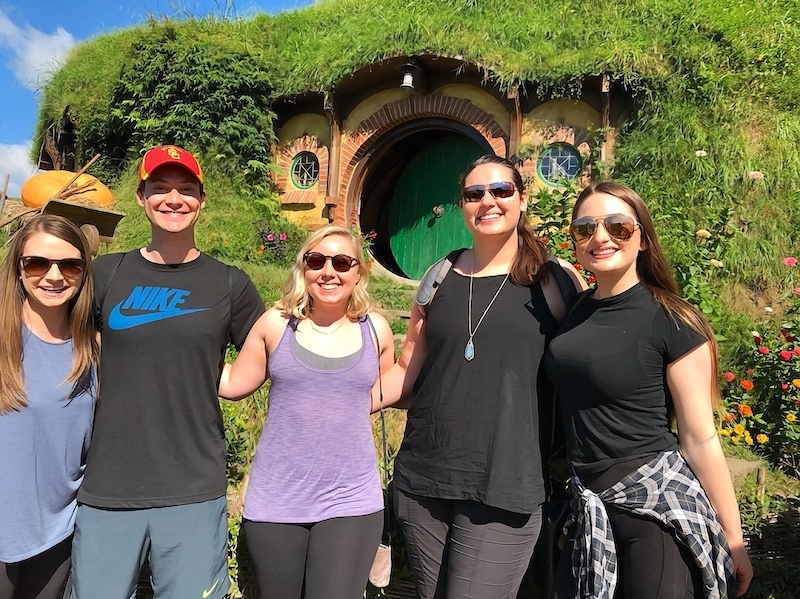
We also spent a day touring Hobbiton, which was used as the set for the Lord of the Rings and The Hobbit trilogies!
I spent the second half of spring break in Sydney, Australia, where we saw the Sydney Harbour Bridge, toured the Opera house, and did the coastal walk from Coogee to Bondi Beach. With the beaches, the big city, and so much going on, Sydney actually reminded me a lot of LA!

Sydney Harbour Bridge

The coolest pool, right next to Bondi Beach!
The two weeks of externship were jam-packed with classes and site visits, but we also made time to do some sight-seeing! On the Gold Coast, we had some time to lounge by the beach, but my favorite excursion was to the Currumbin Wildlife Center, where we got to pet kangaroos, hold koalas, and see other wildlife unique to Australia (definitely checked off a couple bucket list items there!).
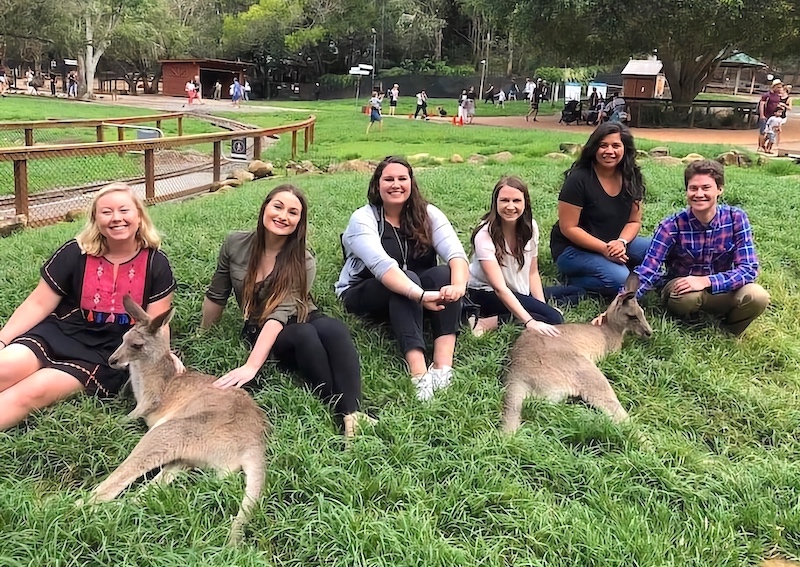
I could have spent all afternoon lounging with these kangaroos!

The Kangaroos were SO soft!
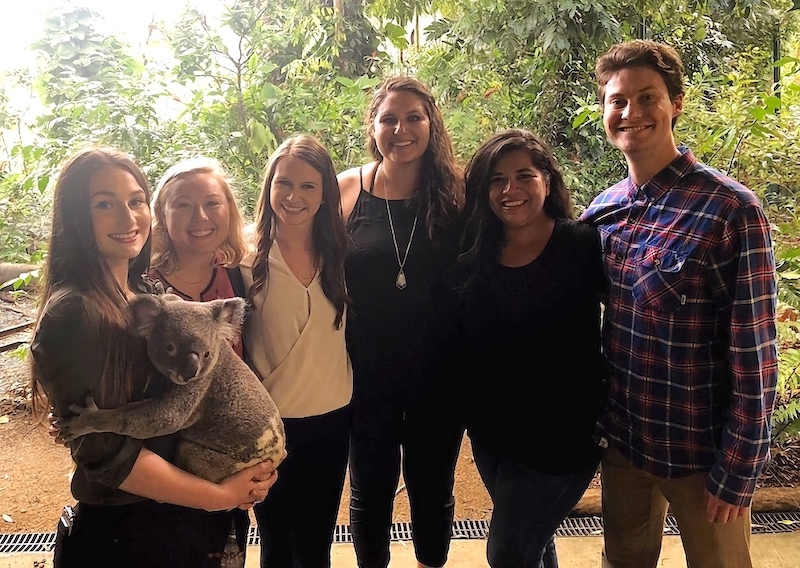
Meet Yorkie the Koala — he’s a popular fella
Overall, this experience made me think about OT in new and different ways. The healthcare and education systems in Australia are quite different from the systems in the US. Despite those differences, occupational therapy as a profession was quite similar, which was very cool to see! I’m so grateful this opportunity was part of my OT education, as it encouraged me to think more globally about my future profession. It was really incredible to hear about my classmates’ diverse experiences when we all got back together, which reminded me that there are OTs doing incredible work across the world! Make sure to check out Kaitlyn’s blog post about her experience in Denmark and Erika’s blog post about her externship in Ireland.
⋯
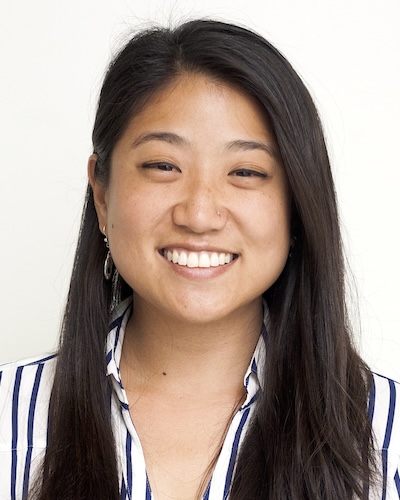
Adventures in OT in Ireland ⟩
April 4, 2018, by Erika
Externships International What are OS/OT?
As part of our Leadership Capstone course that rounds out our final semester at USC Chan (boy, did time FLY!), we are given an opportunity to build our own externship experience during the two weeks leading up to Spring Break. In recognition that OT is a broad field that can work with populations across various settings and life stages and that each students’ journey through OT is highly individual; this is a great opportunity for students to pursue their individual interests and curiosities about the profession while demonstrating their own knowledge and leadership in OT.
The creativity of my fellow classmates’ externship experiences was inspiring! Some students stayed local and observed ergonomic and lifestyle changes that their friends could implement to prevent work-related injuries at their desk jobs. Other students chose to shadow faculty in order to see what goes into working in academia. Still, others expanded upon their community-based OT programs that we crafted last semester and furthered their research and execution to make these programs viable and one step closer to becoming realized.
Additionally, a great number of students went international. As Kaitlyn mentioned, our Global Initiatives office offers organized trips to places like Denmark, Japan, Ghana, Korea, and Australia where you can go with a group of your classmates to visit various OT facilities and universities abroad.
I chose to go international as well! I ended up going to Ireland and with the help of a few classmates and colleagues who were either from Ireland or had previously gone to Ireland during their externships, I was able to set up 8 independent site visits with OTs in 4 different cities across the country. In choosing Ireland, I really wanted to understand what the strengths and barriers were in practicing OT within a public healthcare system, explore interventions that prove successful in Ireland that may not be in America and the cultural implications of that, and gain a sense of the student experience and curriculum for those currently learning OT in Ireland.
My overall experience exceeded any of my expectations and goals. Here is a map and a list of sites I was able to visit:
Map of Externship in Ireland
(Note: Yellow Points = OT Site Visits)
Co. Dublin
Dublin City University & Trinity University
I spoke with OTs and OT students who work in Student Disability Services.
National Rehabilitation Hospital
Inpatient Rehab observation of their Prosthetic Orthotic Limb Absence Programme, Rehabilitation Training Unit Group, Brain Injury Program, and discuss the student experience with Trinity fieldwork students that were placed there.
Co. Galway
Galway University Hospital
I observed OTs working in acute care in the following areas General Med (renal, infectious disease, and endocrine), Med Surgery, and Cardiac ICU.
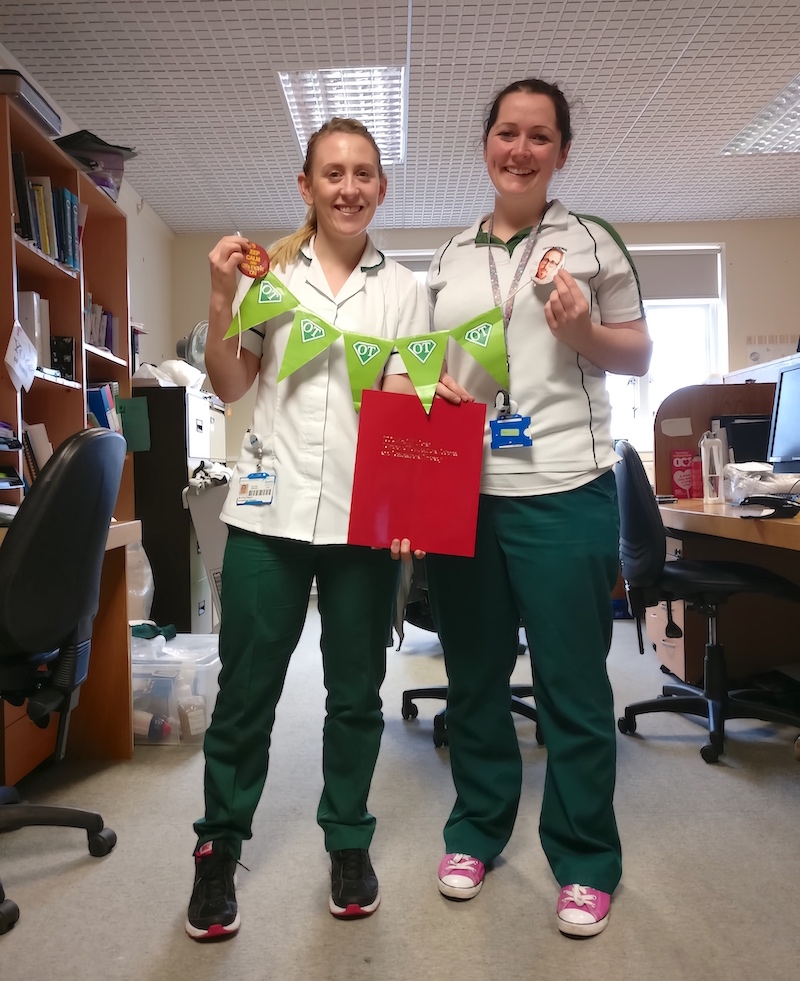
The lovely OTs (Kirby & Gillian) who graciously let me shadow them on their rounds at Galway University Hospital
National University of Ireland, Galway (NUIG)
I met with the Practice Education Coordinator who graciously set me up with many of her OT contacts in Ireland.
Co. Westmeath
Clonbrusk Resource Centre
I spoke with American OTs who have been in Ireland for over 15 years practicing in pediatrics and observed an OT evaluation with a new client.
Co. Cork
St Finbarr’s Hospital
Spoke with an OT working in the hospital’s Inpatient Rehab Geriatrics unit.

Joe and I playing visuospatial and memory games on the big screen TV at the inpatient Geriatric unit at St. Finbarr’s Hospital, Cork
University College Cork (UCC)
Along with my classmate, Joe, we presented on our community-based OT programs to graduating OT students at UCC. Additionally, I was able to sit in in a couple of lectures about interventions that are being introduced into Ireland from other parts of Europe as well as a lecture on working with transgendered clients in Ireland.
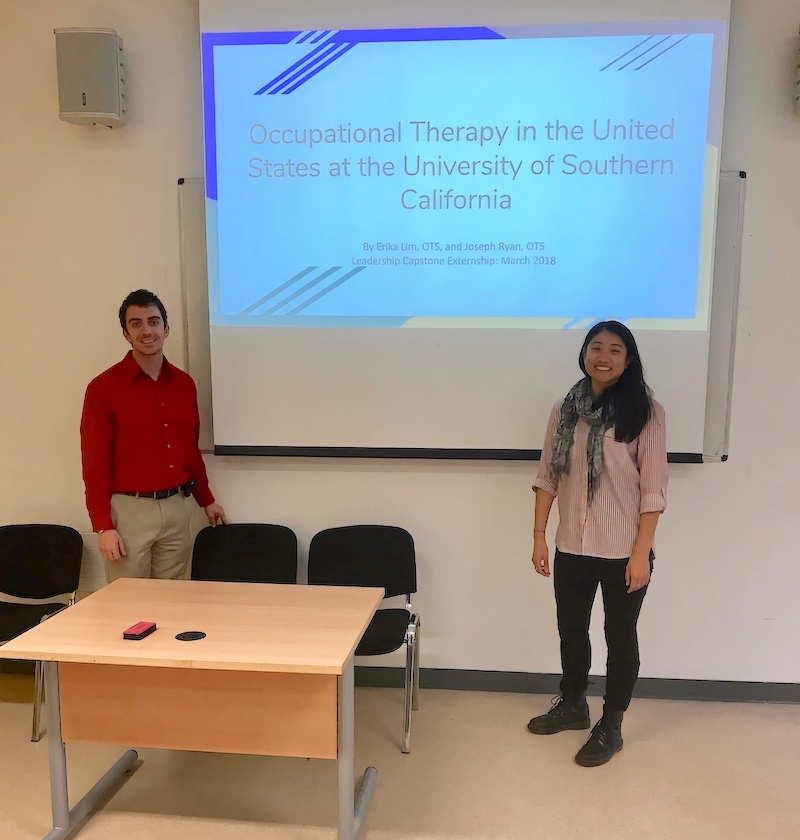
Joe and I presenting on our community-based OT programs to UCC OT students

Sitting in on a lecture about working with the transgendered community in Ireland
On top of this, I was able to travel and sightsee the gorgeous countryside in between site visits. From the terrifying adventure of learning how to drive on the left side of the road to observing Irish families playing in the snow on their first snow day in 10 years to exploring the towering Cliffs of Moher and the teeny artist town of Dingle to celebrating St. Paddy’s day in Dublin, Ireland was nothing short of extraordinary and this was most often shown through the warmth of its people and culture.

Biking the Greenway from Achill Island to Newport
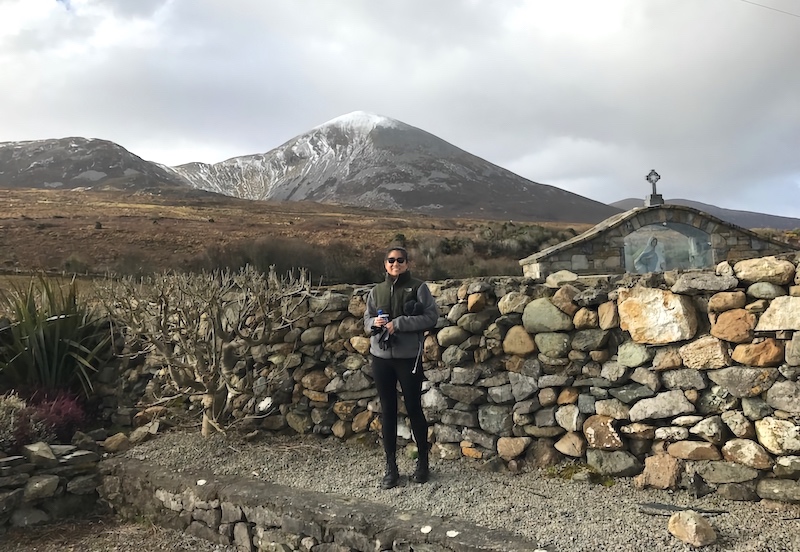
One of my biggest achievements: climbing Croagh Patrick, the mountain behind me!

The Cliffs of Moher. Breathtaking.
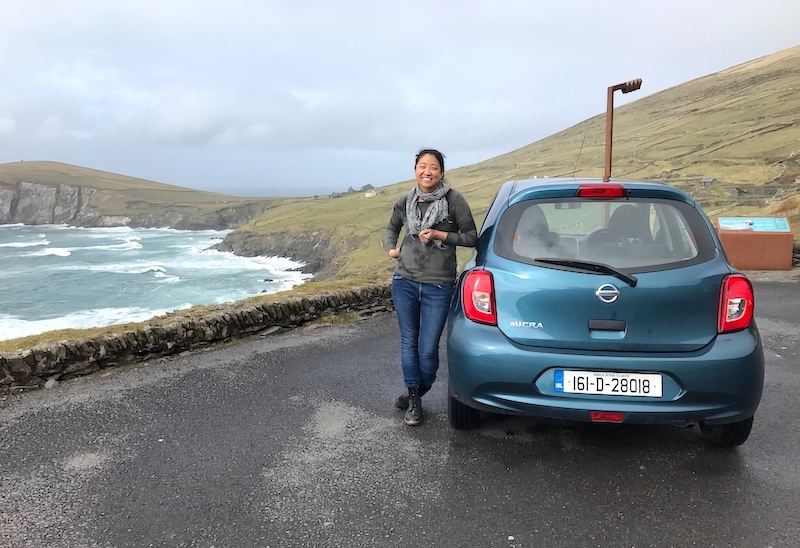
My rental car Bertie and me. I fell in love with teeny cars.
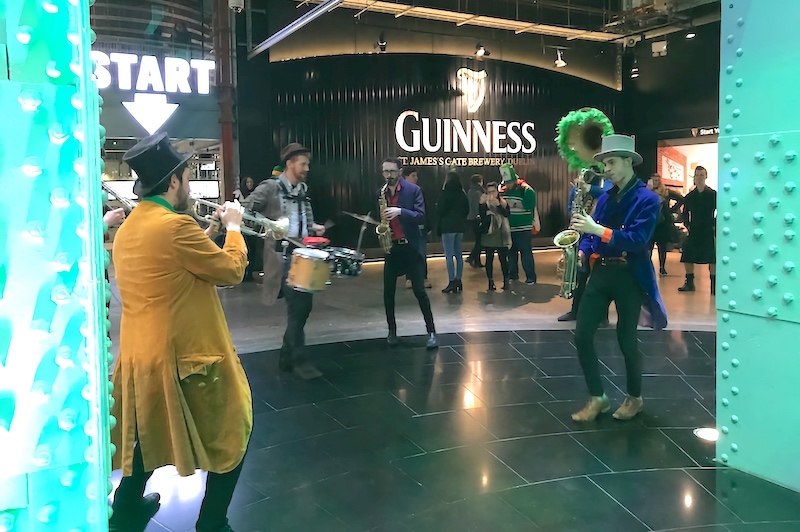
St. Paddy’s day at the Guinness Storehouse, Dublin!
Sláinte! (Cheers! in Irish)
⋯
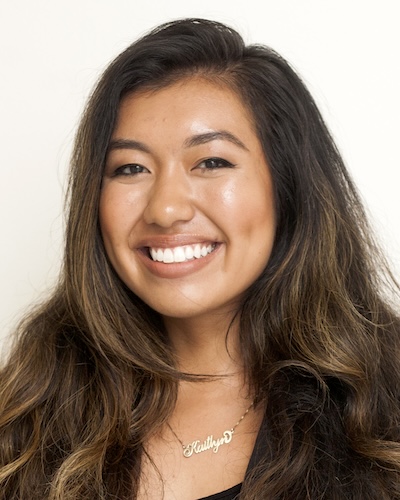
Making Our Mark in Denmark: My Leadership Externship Experience ⟩
April 2, 2018, by Kaitlyn
Externships International What are OS/OT?
Denmark has been one of my top places to visit for the past few years now, as I knew that they were consistently ranked one of the happiest countries (if not the happiest) in the world. I was particularly interested in their efforts in eco sustainability, health care system, biking culture, and “hygge”. Thus, when I was offered to go to Denmark for my leadership externship for two weeks in collaboration with USC Global Initiatives and Southern Denmark University, I knew that 1) I had to go and 2) it was meant to be (duh!).

Views over Copenhagen
During the two weeks, our schedule was jam-packed with presentations, activities, and cultural exchanges! In the first week, my team and I presented to Metropolitan University College, Southern Denmark University, and University College Lillebaelt on how education and healthcare systems function in America, what USC’s OT program looks like specifically, and some of the research being conducted at USC. As much as we were the ones providing information to Denmark’s school departments, students, and faculty, they also provided an abundant amount of information about themselves, their research, and their culture in return.
During the second week, we visited Hammel Neurorehabilitation and attended an Ergo Symposium hosted at Southern Denmark University, where Dr. Renee Taylor, one of the authors of a textbook we use in the program, was a speaker! In that same week, we had the amazing opportunity to shadow occupational therapists at Odense University Hospital in various departments (i.e., hand therapy, pediatrics, TBI, trauma, oncology, etc.). While shadowing at Odense University Hospital, it was evident to me that the free healthcare system adopted by Denmark affects the way OTs practice there.
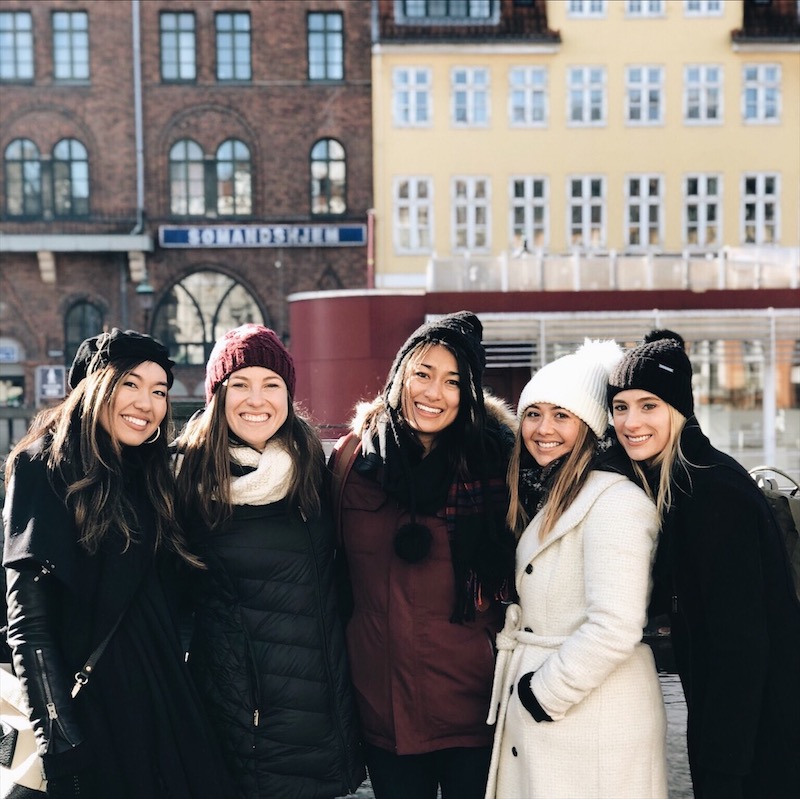
Visiting Nyhavn!
Throughout the two weeks, we were completely immersed in Danish culture and ways of living, and I can honestly say that it has changed my perspective on life. Here are just a few of the things I learned along the way:
The importance of work-life balance
In Denmark, employees receive 6 week paid vacations (which does not include sick days) and 1 year paid maternity leave. Speaking of sick days, it is actually looked down upon if you go into work sick (if you’re sick, you’re sick . . . Don’t be selfish and contaminate the work environment, they say!). Overall, the Danish really embody the idea that when you leave work, you actually leave work and live your life.
The importance of saying what you mean and meaning what you say
Here in America, it is so common for me to say to almost everyone, “Hi! How are you?” In Denmark, however, this customary greeting does not equivalently translate. We were told that you do not ask someone, “How are you?,” unless you are prepared to get an actual answer about how they are doing. In short, people in Denmark do not say things unless they mean it. For example, they will not offer to do something they do not want to do, and will not sugarcoat things or beat around the bush.
The importance of humility
In the working world of America, we like to rack up all of the accomplishments we can so that we can put them on our resume. This is something we have to do in order to be a competitive applicant. Interestingly enough, they do not do that in Denmark. For the Danish, it is actually looked down upon if you try to upstage the people around you and/or try to make yourself stand out and look better. Showing off how much money you have, how great your career is, etc. are big no-no’s in Denmark! This idea relates to Denmark’s emphasis on equality (see: below bullet point).
The importance of equality
The emphasis on equality is reflected in so many ways in Denmark. For example, education is completely free (as a university student you also get a monthly stipend), and so is healthcare (it doesn’t matter if you’re homeless or if you’re the richest person in Denmark, as both will get the same level of care).
The importance of trust
They trust everyone in Denmark. On one particular day, we walked by a restaurant and there was a peaceful child sleeping in a stroller outside without the parents! It is probably safe to say that would not happen here in America, but it’s refreshing to know that there is so much inherent trust within the people in Denmark.

Walking along the infamous rainbow panoramic skywalk at ARoS Aarhus Kunstmuseum
Taken altogether, this experience has been a highlight in my time here as a USC OT student. I’ve always loved traveling, and this trip was confirmation why. The world is so big, and there is always more to explore. It is so incredibly easy to simply go through the day-to-day motions and be stuck in the bubble of Los Angeles, but traveling always grounds me and forces me to expand my ways of thinking. There is more to life than the life lived here in LA.
Mange tak (many thanks) to Dr. Danny Park, Benedict of the Global Initiatives Team, the kindhearted students and Dr. Jeanette Christensen of Southern Denmark University, and my wonderful team of 7 for a life-changing international experience.

⋯
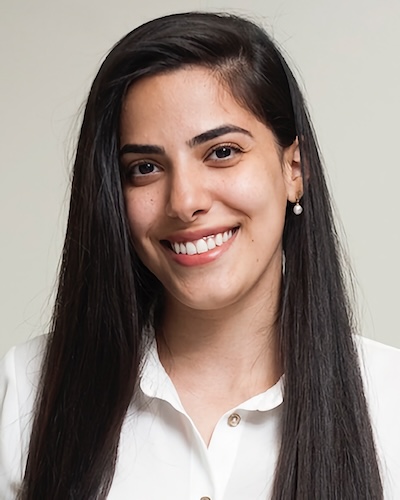
After Graduation: Now What? ⟩
March 19, 2018, by Linah
Admissions Life Hacks What are OS/OT?
Start practicing or further your degree?
NBCOT, OTED, OPT, HIJKLMNOP . . .
As many already know, the NBCOT is the national board exam for occupational therapy. In other words, in order to get licensed as an occupational therapist in the US, passing this test is a requirement. Luckily, USC Chan Division prepares its students well for it by requiring them to sit for the comprehensive exam at the end of the master’s degree. During this exam all the information related to OT is tested, and this serves as an adequate rehearsal for the NBCOT. The method works evident by how USC has maintained a passing rate among students as high as 99%! This option is not limited to US citizens. International students can take advantage of the OPT (Optional Practical Training) year that their F-1 student visa allows, get licensed, and practice OT in the US, too.
In order for an international student to sit for the NBCOT, they would need to go through OTED first. The Occupational Therapist Eligibility Determination (OTED) process requires a few documents that are better brought from back home. Documents like detailed syllabi for each course studied during undergrad, official transcripts, a letter from the undergrad’s program director acknowledging the student’s attendance, and more. The full list of requirements can be found here. All I am saying is, if you’re an international student planning to take advantage of your OPT then better start early (even before starting your post-professional masters) to collect all the required documents. Many of which would be much easier to attain while you’re still in your home country.
OTD vs PhD
Here’s the breakdown: an OTD is generally 2 years long, clinical based, and prepares students to be faculty members and clinicians. It mainly focuses on preparing students to be leaders for the profession. It is a doctoral level degree recognized in the US, however it is yet to be recognized as so in other countries where this degree does not exist yet. It is a great option for those who plan to work in faculty positions that allow clinical practice. The OTD prepares students to be administrative leaders and helps them specialize in emerging clinical fields in OT.
The PhD on the other hand lasts about 4 to 5 years on average, research based, and prepares students to be researchers in the field. This PhD program in USC is literally the first ever PhD in occupational science, and it is fully funded. This means it does not require a tuition, and offers a monthly stipend to its candidates.
Thankfully, being a master’s student in USC offers numerous opportunities to explore one’s interests. This includes visiting clinical sites, volunteering in research labs, and even sitting down with some respectable names in occupational science research who just happen to be part of our faculty!
⋯

OT Generalist! ⟩
February 28, 2018, by Ali
Hello! The other student ambassadors and I have been receiving a lot of questions about “concentrating” or “specializing” in certain setting within the field of occupational therapy. The wonderful part of graduate coursework to becoming an occupational therapist is that you gain knowledge and skills to treat every population. You will graduate from the program as a “generalist,” which means you know a little bit of everything. Throughout the program students are able to explore three separate settings through their level I fieldworks in pediatrics, mental health, and adult rehabilitation. Then students will choose two of these settings to be placed in for their level two fieldworks.
If you take a look at the course sequence and the course descriptions you can see that the Entry Level Master’s program exposes you to various setting and provides you with a strong base for your first job!
One way the USC Chan Division of Occupational Science and Occupational Therapy is special is the ability to choose electives your final semester of coursework. Although all students from our program will graduate “generalists” this freedom to choose classes that allow you to delve into certain areas, populations, or skills gives us the chance to specialize and learn more about topics we have a particular interest in! See Caroline’s post to learn more about what this final semester could look like!
⋯





